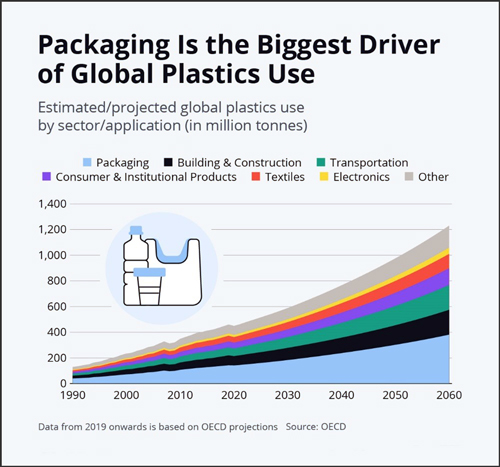Reducing Your Ecological Footprint
 Shopping at the ReStore is a great way to reduce your ecological footprint. Your ecological footprint is a measure of how much land area is required to support a person. This footprint measures the resources one consumes (fuel, food, water, minerals, etc.) and the waste one produces. It then asks, “How much land area is required to produce those resources and recycle those wastes?”. At present, the United States has a footprint that is about twice its land area. Since Americans consume more than the global average, it would take five earths to support the world if everyone lived like average Americans.
Shopping at the ReStore is a great way to reduce your ecological footprint. Your ecological footprint is a measure of how much land area is required to support a person. This footprint measures the resources one consumes (fuel, food, water, minerals, etc.) and the waste one produces. It then asks, “How much land area is required to produce those resources and recycle those wastes?”. At present, the United States has a footprint that is about twice its land area. Since Americans consume more than the global average, it would take five earths to support the world if everyone lived like average Americans.
How does shopping at the ReStore reduce your footprint? Let’s start with plastic waste. Remember that plastic is made almost entirely from fossil fuel sources, and only about 9% of plastics are recycled, while about 72% are landfilled. Obviously, any donated plastic items that we sell are kept from the landfill and reused.
Packaging is currently the largest source of plastic use, according to the Organisation for Economic Co-operation and Development (OECD). Since most items at the ReStore are donated, many are sold with no packaging, just an attached price tag. When we must wrap or bag items, we do use plastic, but we strive to use as little as possible, and only when necessary to keep items together. You can help us reduce plastic waste by not opening packaged items, which frequently results in our needing to re-package them, using more plastic.
So shopping at the ReStore can reduce plastic’s contribution to your ecological footprint in two different ways. First, you give plastic items a second life by re-using them. Second, you end up buying less plastic packaging as part of your shopping. This all means less fossil fuel consumption and less plastic waste in the landfills or other parts of our environment.






